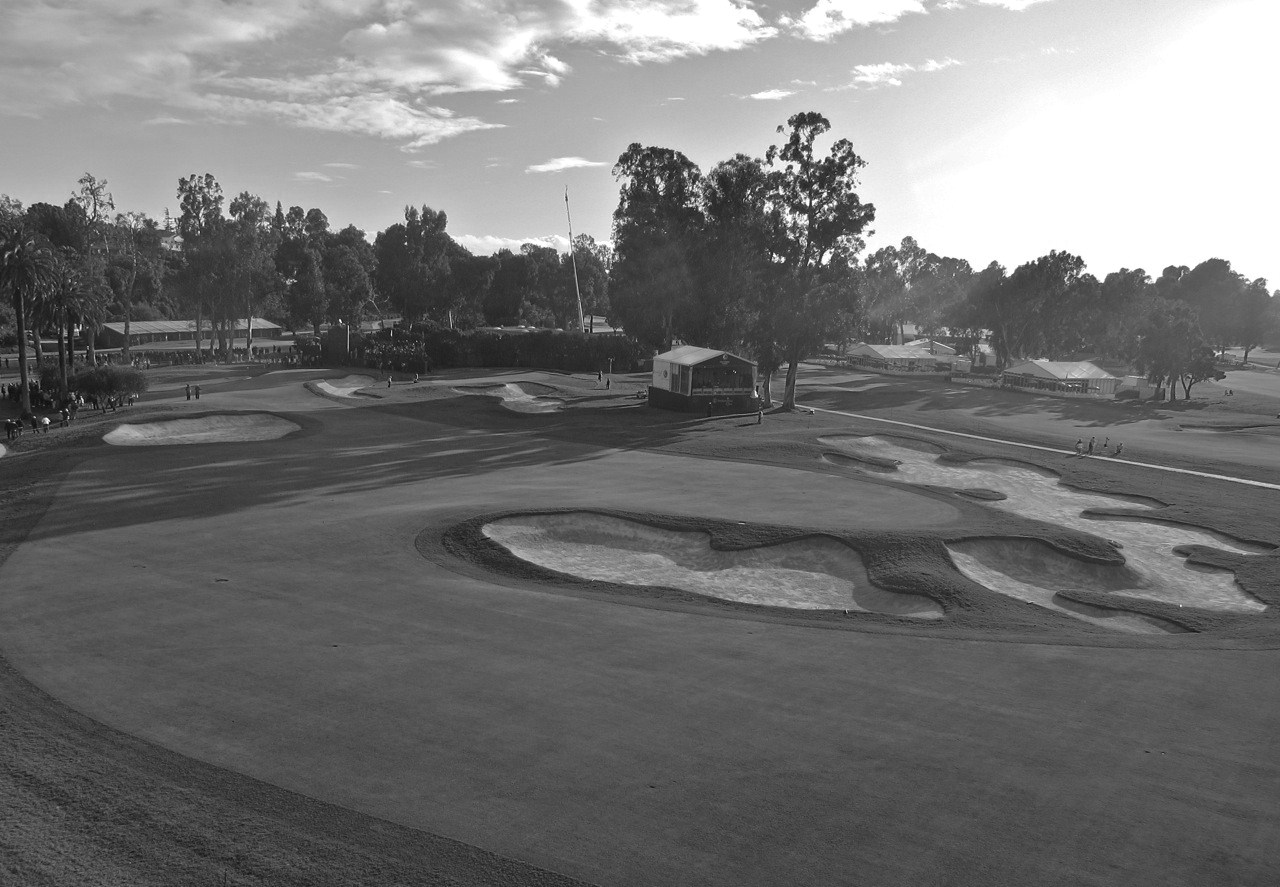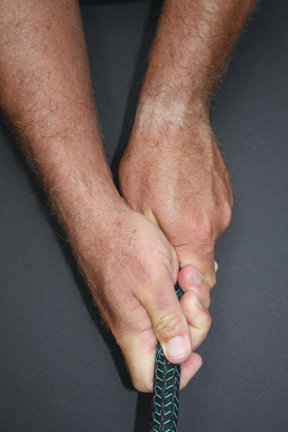 Having had the opportunity to watch the majority of the NBC broadcast over the weekend I was very impressed with the diversity and interest that Riviera seemed to possess in just about each of her holes. I have never had the good fortune to play or visit Riviera Country Club, but the images of the course on television forced me to make a mental note to get there at my first opportunity. And I certainly don't need Jack or Sly or Arnold to complete my experience - the course itself appears to be more than enough thank you!
Having had the opportunity to watch the majority of the NBC broadcast over the weekend I was very impressed with the diversity and interest that Riviera seemed to possess in just about each of her holes. I have never had the good fortune to play or visit Riviera Country Club, but the images of the course on television forced me to make a mental note to get there at my first opportunity. And I certainly don't need Jack or Sly or Arnold to complete my experience - the course itself appears to be more than enough thank you!
Of the holes that caught my eye none was more exciting or interesting than the 315 yard 10th. Designed in 1926 by George Thomas Jr. this could be my new favorite hole in golf. A well thought out hole that rewards just the right amount of bravery one day and just the right amount of caution the next - just be sure to get your days matched up.
From therivieracountryclub.com:
Arguably Riviera’s finest hole, the 10th ranks among the world’s great short par fours, its timeless strategic challenge having perplexed golfers for more than eight decades. The key is the putting surface, an angled, extremely narrow target with a dangerous right-to-left slope. Though reachable from the tee, only a perfect drive will hold this green – and a tee ball missed even slightly right will generally result in a bogey, or worse. The smart play is a fairway metal down the left side, but the temptation to go for the green remains eternally tantalizing…

As you study the picture above taken by Geoff Shackelford (who did a fantastic job covering the event in person) on Saturday you'll notice many of the subtle design features. As Steve Stricker plays this approach into the green (which is the perfect position to play from!) keep in mind that the green slopes quite aggressively from right to left. This means that if you have a go and happen to miss right, you now have a shortish pitch from the rough to an extremely narrow green that runs away from you. No bargain even from close range.
Should you have a go and happen to hit the low, left quacker (we all know it!) then you're only faced with a 50-60 yard sand shot. No bargain either.
Jack Nicklaus on the 10th at Riviera:
I love option holes and this one has more than any short Par 4 I know.

My question is this: Where have all the golf courses like Riviera and holes like the 10th gone? Can it possibly be that difficult to build a golf course that incorporated a little thought and planning? Golfers are pleading for interest over torture.
Give me a golf course filled with interest and I'll play it over a long, torturous monster anyday. I'll start with the 10th at Riviera, then play the 9th at Harbourtown, then the 4th at Spyglass and follow that with the 6th at Ballybunion......
Golf should be fun and Riviera looked exactly that!


 Having had the opportunity to watch the majority of the NBC broadcast over the weekend I was very impressed with the
Having had the opportunity to watch the majority of the NBC broadcast over the weekend I was very impressed with the 


 This is the first in a four part series looking at the three primary factors that pertain to a solid impact position. They are:
This is the first in a four part series looking at the three primary factors that pertain to a solid impact position. They are:



